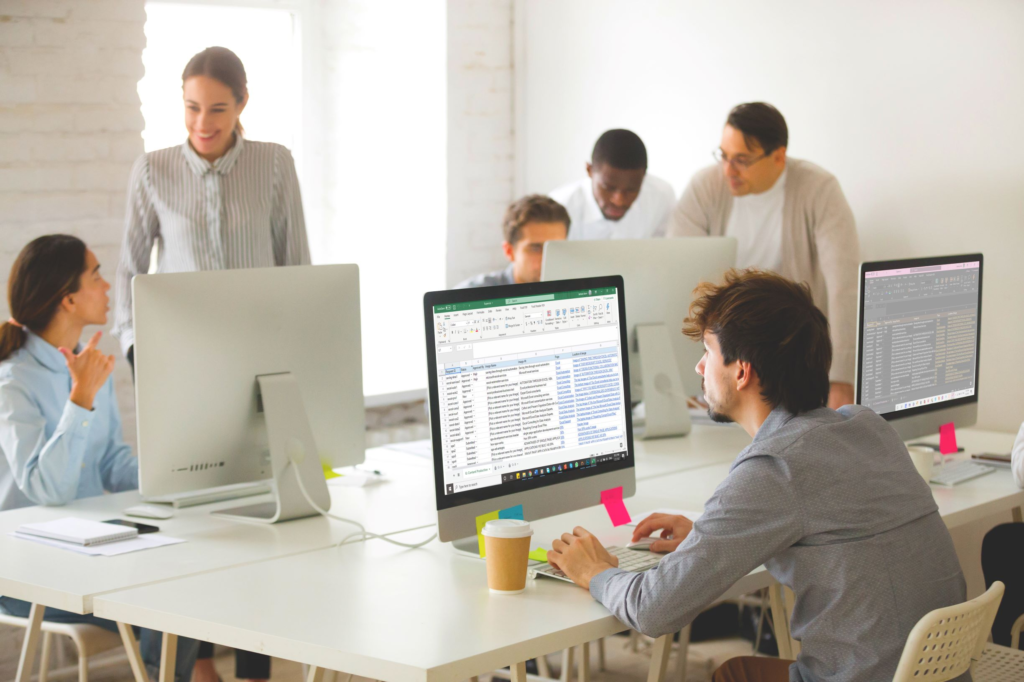In today’s digital age, many of us use shared computers in various locations such as libraries, internet cafes, or at work. While shared computers can be a convenient way to access the internet, they also pose significant risks. In this article, we will discuss the risks of shared computers and provide best practices to help you protect yourself.
Table of Contents
Common Risks of Shared Computers
Malware and viruses: Shared computers are more prone to malware and virus infections due to multiple users and lack of maintenance. Malware and viruses can cause significant damage to your personal files and even steal sensitive information.
Data theft: It is easy for others to access your personal data, such as passwords or banking information when using shared computers. This puts you at risk for identity theft and financial loss.
Identity theft: Identity theft can occur when a cybercriminal steals your personal information such as name, address, Social Security number, or credit card number.
Phishing attacks: Cybercriminals may attempt to steal your personal information by sending you fake emails, pop-ups, or links while you are using a shared computer.
Lack of privacy: When using a shared computer, others can see what you are doing and access your browsing history, which can be a privacy concern.
Click here to learn more about Cyber Threats.
Why Can’t I Share a Computer?
When you use a computer that you don’t own, it means that someone else is the system administrator. That gives them the ability to access and manage your files or browser history there. Have you ever tried to move or delete a file and see a popup saying something like, Only Administrators can edit this file?
Public and shared computers are similar to public WiFi in that it is also easier for other users, even if they aren’t the admin, to potentially spy on your activity as well.
You have no idea who the other users are, or what they’re up to. Threat actors will compromise public devices (and even USB cords and power cables!) to automatically infect other accounts or systems that use them.

These are just a few of the ways that shared computers can harm your data. Maybe you think that doesn’t apply to you because you share it with your best friend or your tight-knit family. However, you should still take extra precautions because your files are at risk if any of them get hacked, too.
The more people who have access to your device, the more targets there are for cybercriminals.
How Can I Protect Myself on a Shared Computer?
Since we already know it’s inevitable that we all use shared and public devices sometimes, we can take steps to be more careful. Understand that they are NOT as secure as, say, your work computer might be with its expensive antivirus software and a whole department dedicated to scanning for network abnormalities.
- Always LOG OUT when you’re done using a public or shared computer
- NEVER log into sensitive accounts, like your bank account, to prevent other users from spying on your accounts or activity
- Don’t allow the computer to remember any log-in information or personally identifiable information (PII)
- Don’t connect your IoT devices to shared computers or public charging cords either; these could be secretly infected with malware by another user
- Use private browsers to clear your search and browsing history when you close out
Best Practices for Protecting Yourself on Shared Computers
Avoid using shared computers for sensitive information: It is best to avoid using shared computers for activities such as online banking, shopping, or accessing personal accounts.
Use a guest account instead of logging in with personal credentials: Many shared computers offer a guest account option, which can provide an extra layer of security.
Keep personal information private: Be mindful of others around you and ensure you do not share sensitive information.
Don’t save login information or passwords: Always ensure that you do not save any login information or passwords on a shared computer.
Use a virtual private network (VPN) for added security: A VPN can provide an added layer of security by encrypting your data while using a shared computer.
Always log out of accounts when finished: Always log out of any accounts before leaving a shared computer.
Clear browsing history and cache: Always clear the browsing history and cache after using a shared computer.
Conclusion
We can’t always help using public and shared devices to go online, but we can make sure we take precautions to make our browsing a little more private. Even those we love and trust can make mistakes and put our private data at risk when you all use the same device.
Together, we can ward off threat actors and keep our networks and systems safe!

